Buying a gemstone is often a very different experience than buying a diamond. While some of the same characteristics determine the value of a gemstone, it’s ultimately purchased based on personal preference.
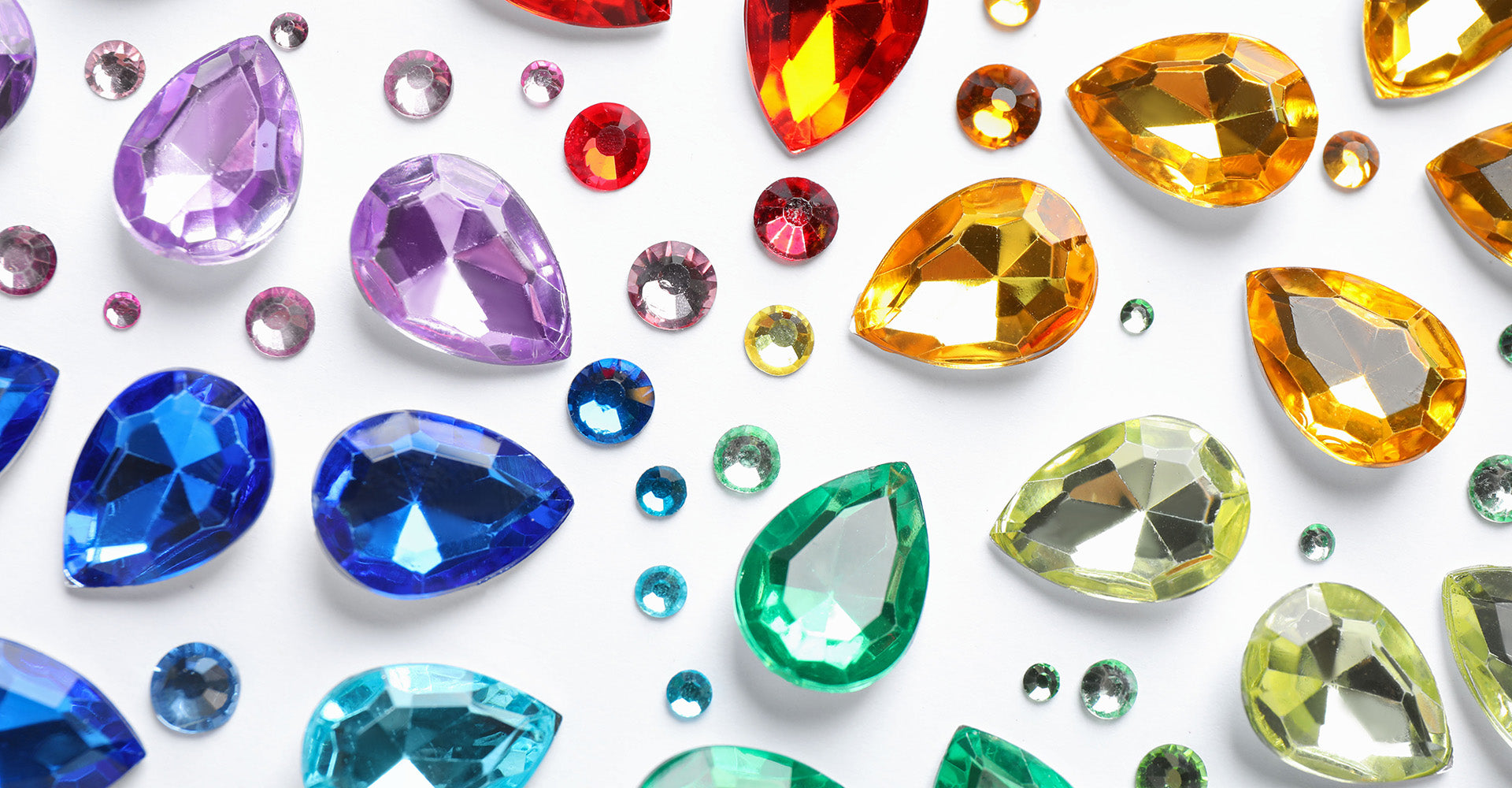
Gemstone Guide
Color
Gemstone color is different from judging the color of a diamond. Every gemstone has a range of color that runs from light to dark and more vivid to less vivid, with a small range of color considered preferable. All of the families of color are represented by gems of different types.
Notably, diamonds can also come in a range of colors. These can be naturally created colors through millions of years, natural diamonds treated with gas to produce colors, or lab diamonds grown and treated with gas to be specific colors.

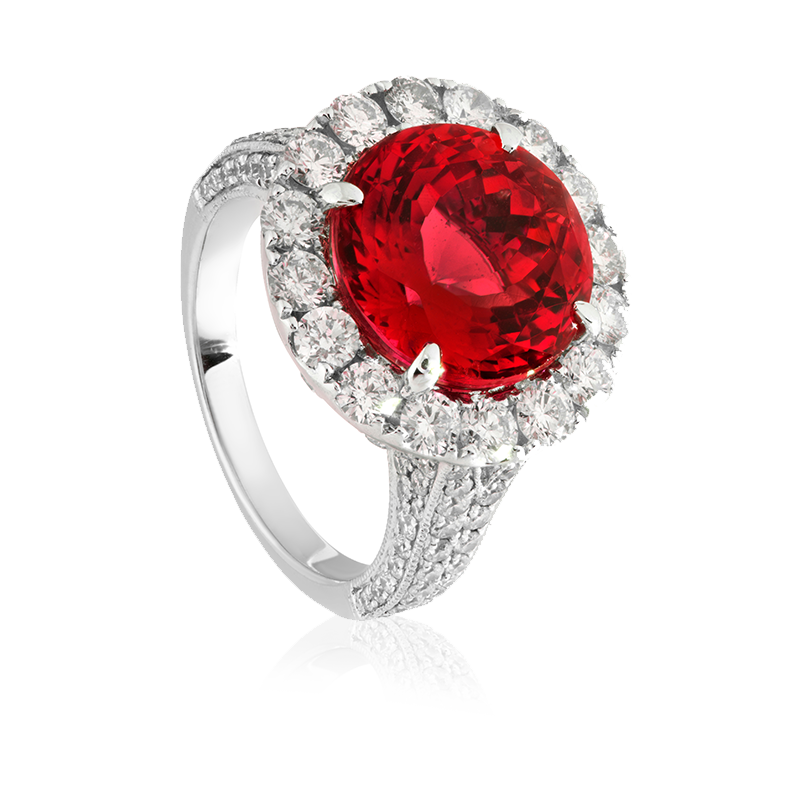
Red
Popular for their vibrant hues, ruby, mozambique and garnet come in a variety of red shades. These gemstones add a pop of warm color to any ensemble and are often associated with January and July birthstones.
Pink
Pink sapphire and rhodolite garnet commonly appear in a variety of hues. Rhodolite garnet is derived from the Greek word “rhodon” which means rose-like, making this delicate pink gemstone a popular choice for its unique beauty.

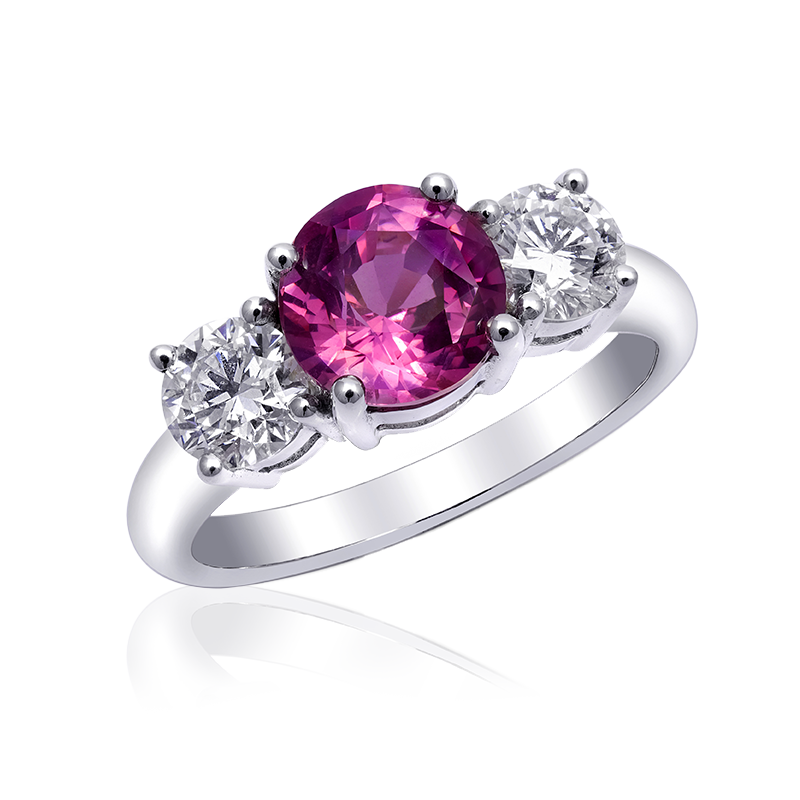
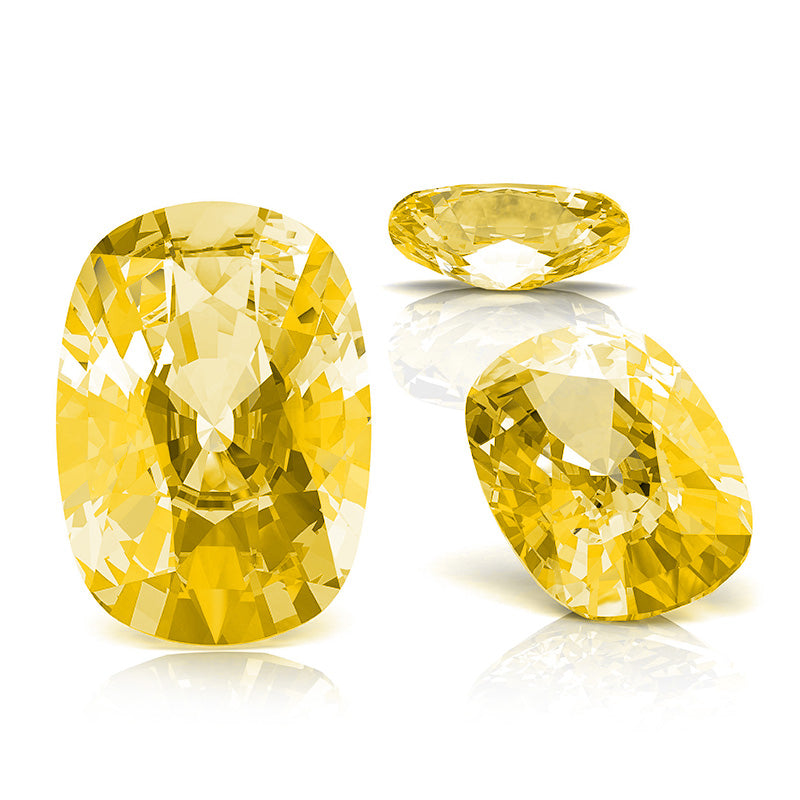
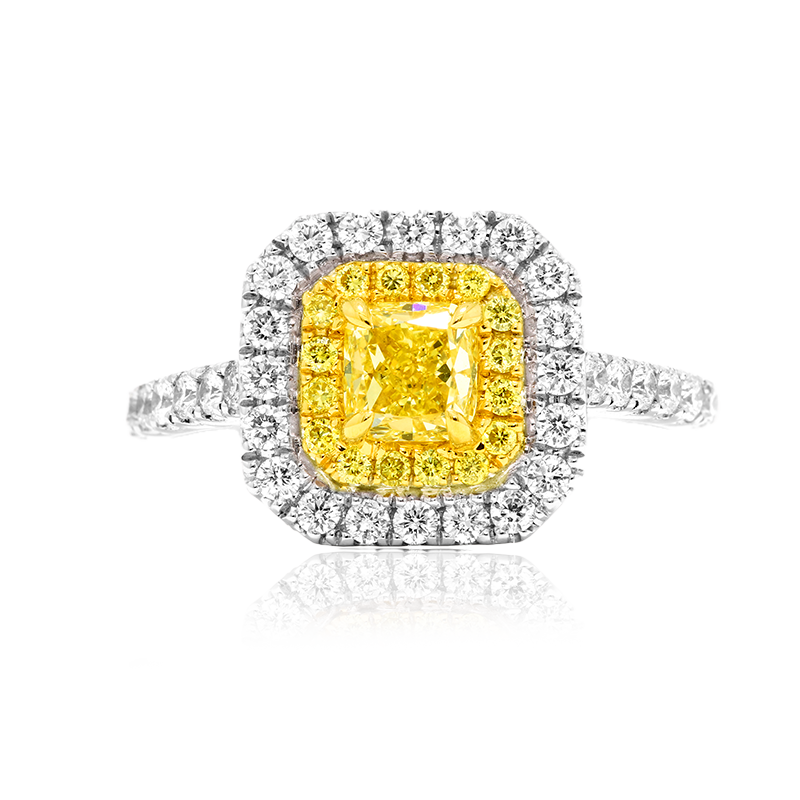
Yellow
While sapphires are typically associated with deep hues of blue, they often come in shades of yellow. Citrine is another commonly yellow gemstone and has been chosen to represent November as the month’s official birthstone.
Green
Known for their elegance and beauty, emerald, bloodstone, jade and peridot are green gemstones that have intrigued us for centuries. These earthy hues come in a variety of unique shades, making them popular choices for fine jewelry.
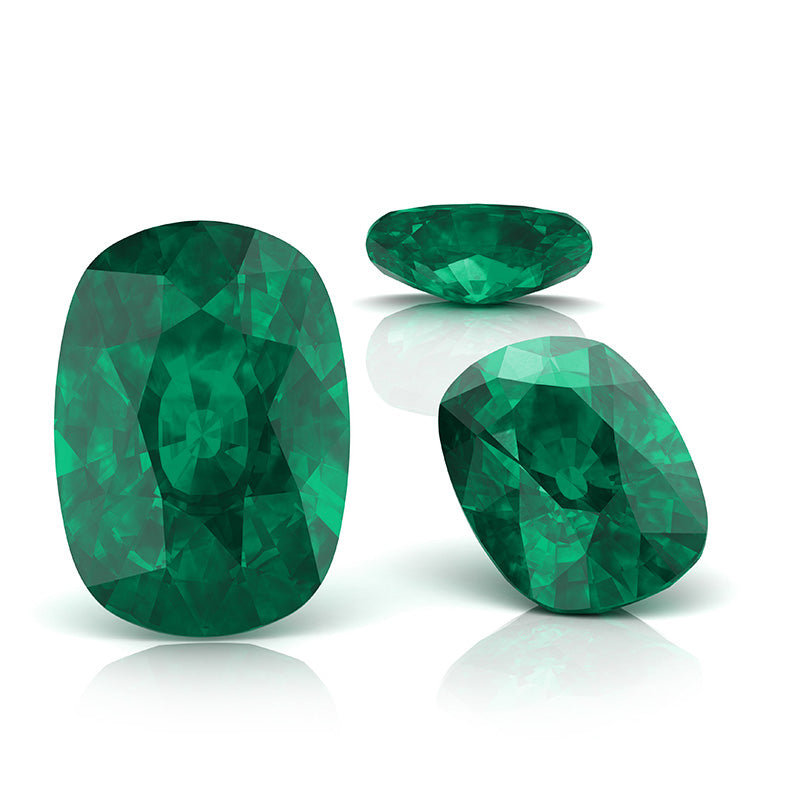
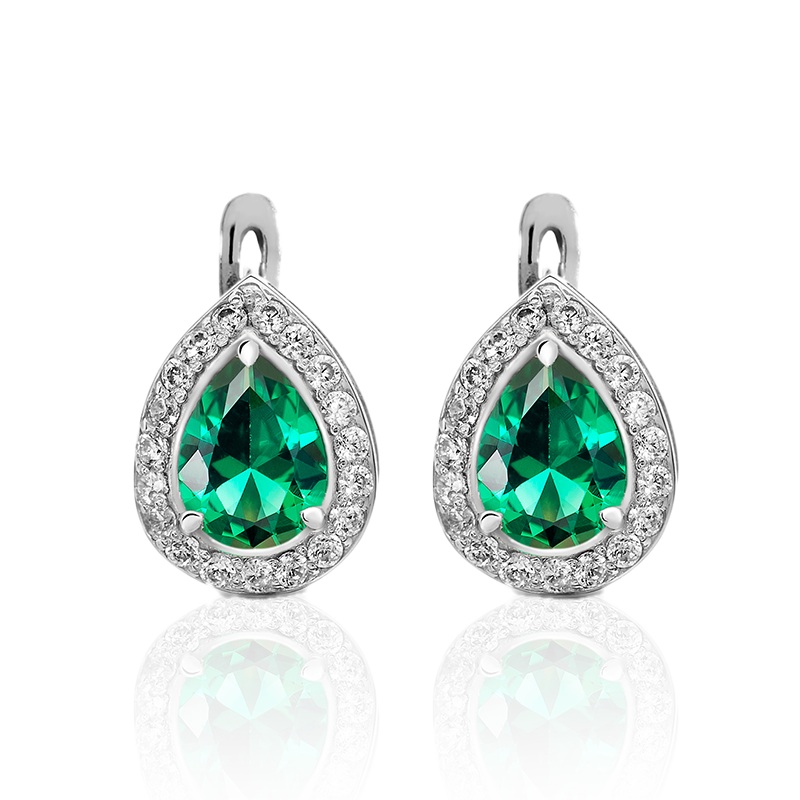
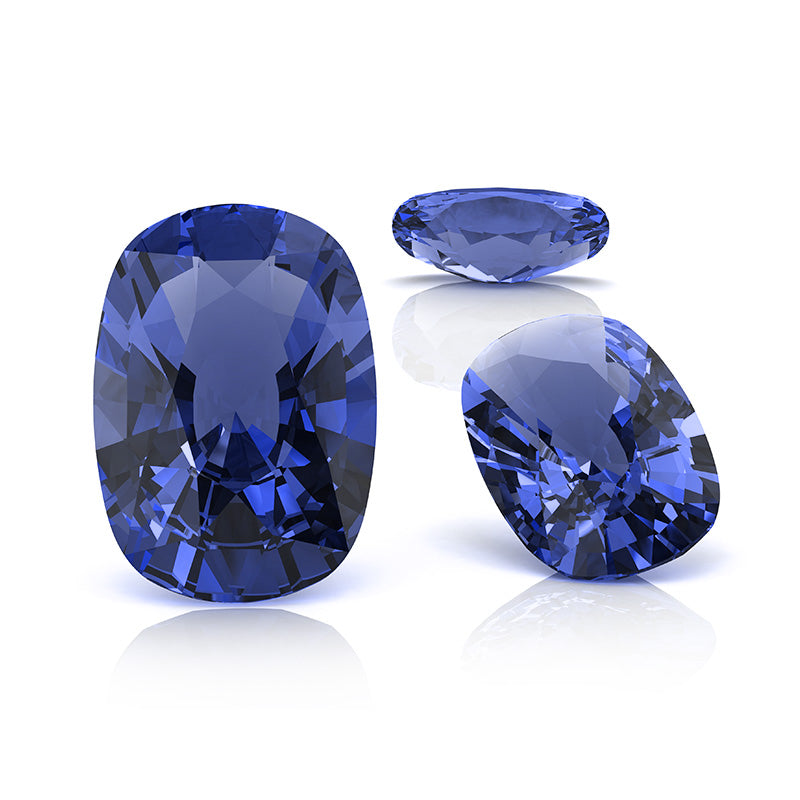

Blue
A variety of gemstones often appear blue. Sapphire, aquamarine, blue chalcedony, blue spinel, blue zircon and lapis are all popular choices for luxurious pieces.
Purple
Often associated with royalty, purple gemstones like amethyst and tanzanite are popular for their vibrant colors. Amethyst is also designated as the birthstone for february.
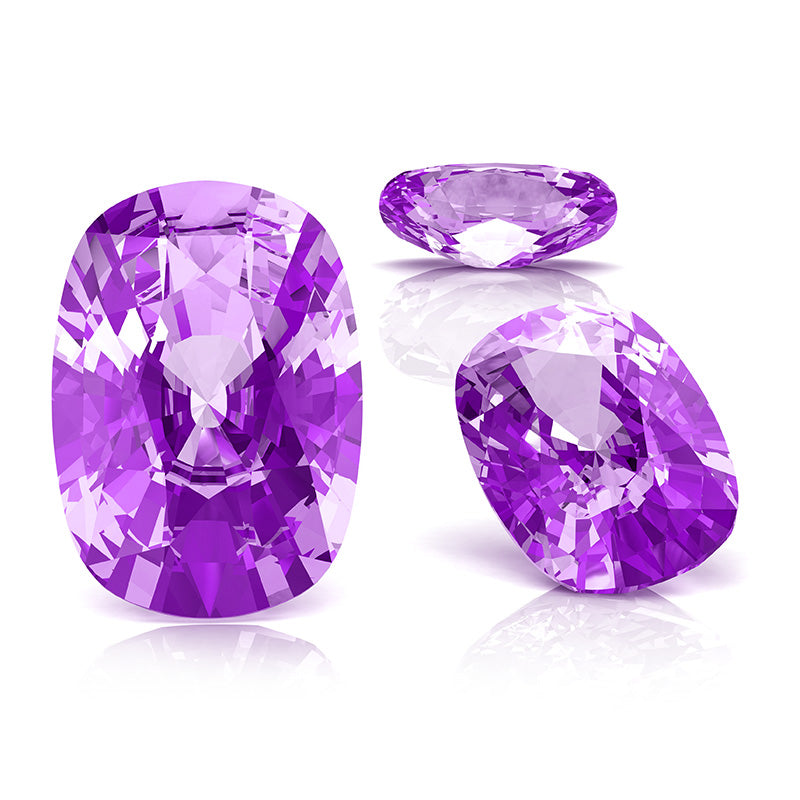
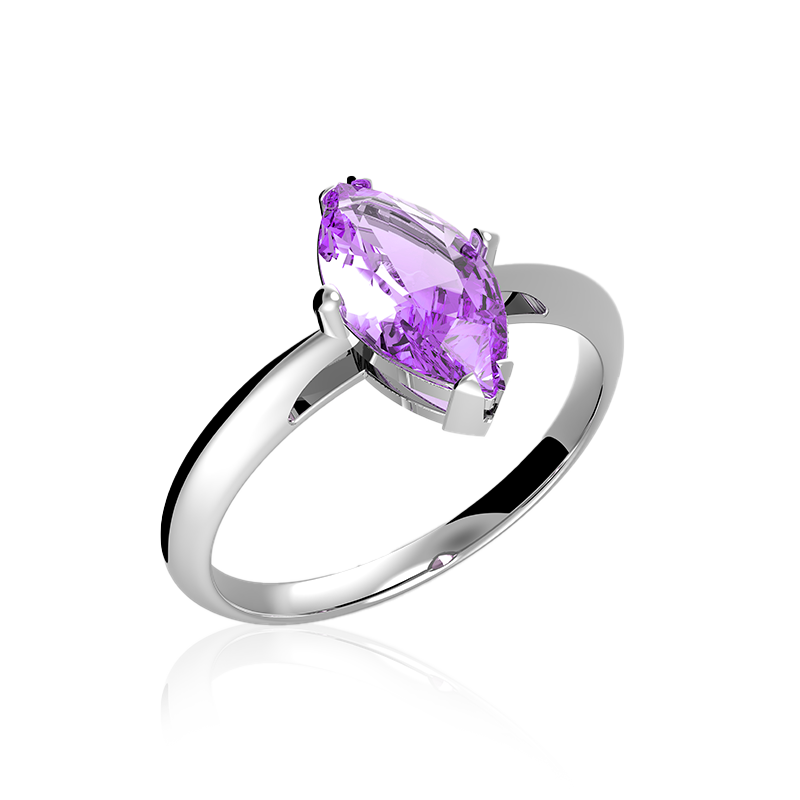
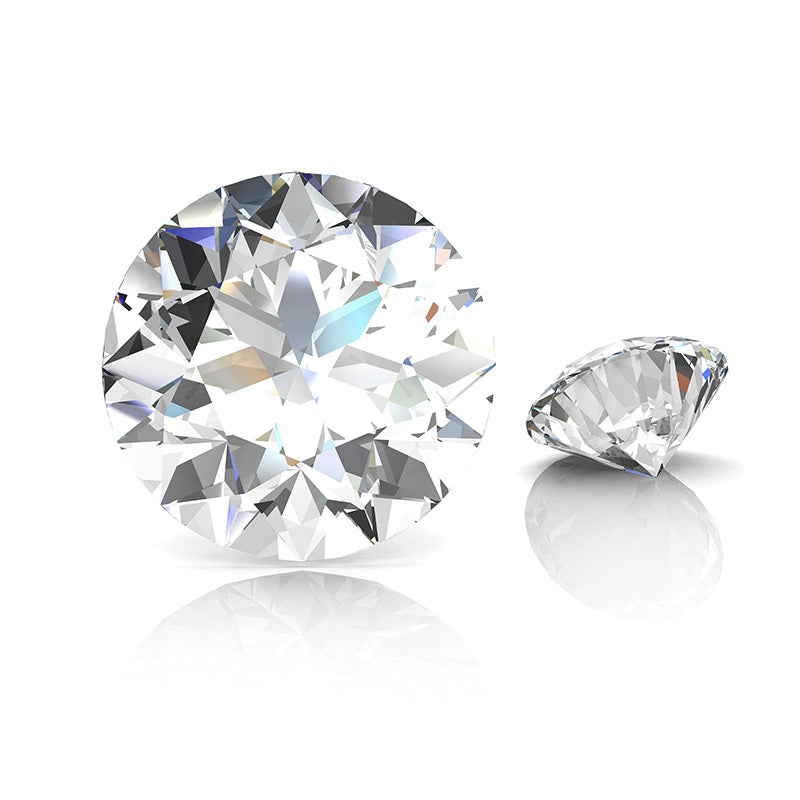
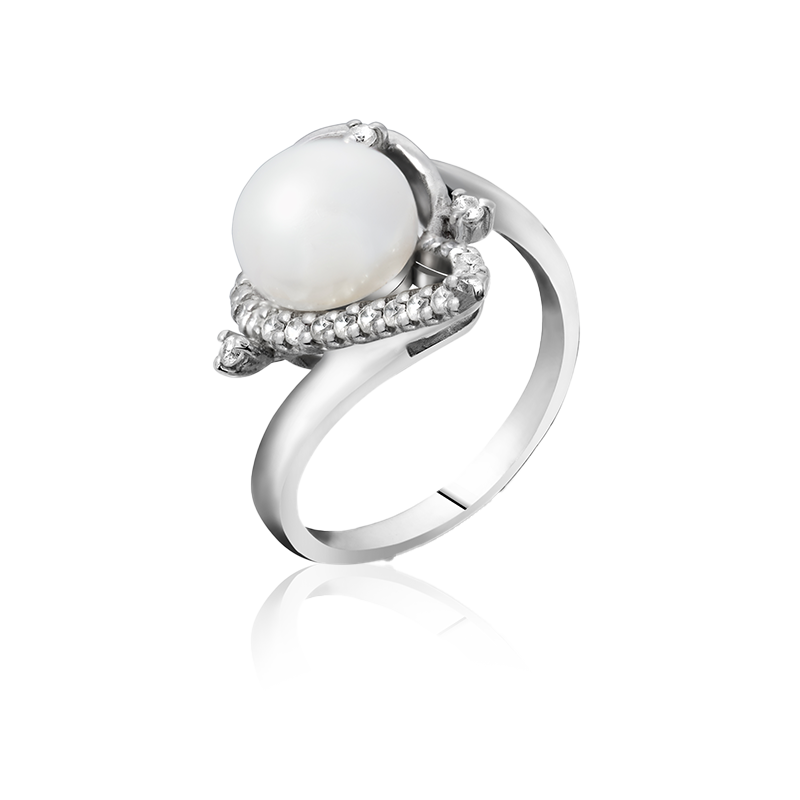
White
While white gemstones commonly occur, they vary in opacity and can even appear beautifully iridescent. Pearls along with white spinel, with topaz, moissanite and opal are among the most notable white gemstones.

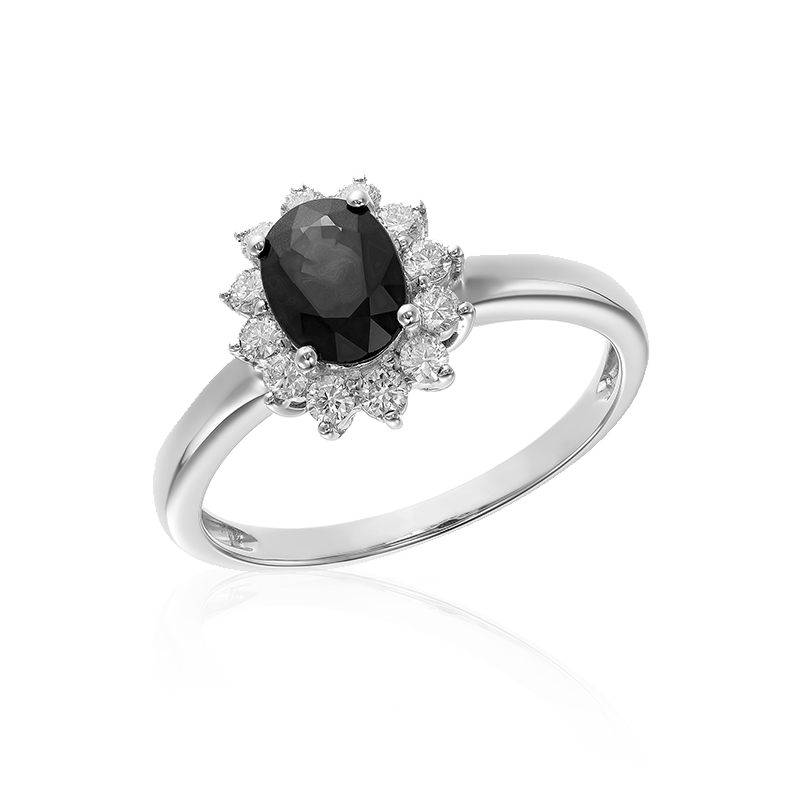
Black/Gray
Black gemstones offer a sleek, sophisticated look that is both popular and timeless. Tahitian pearls and onyx are known for their deep, black hues.
